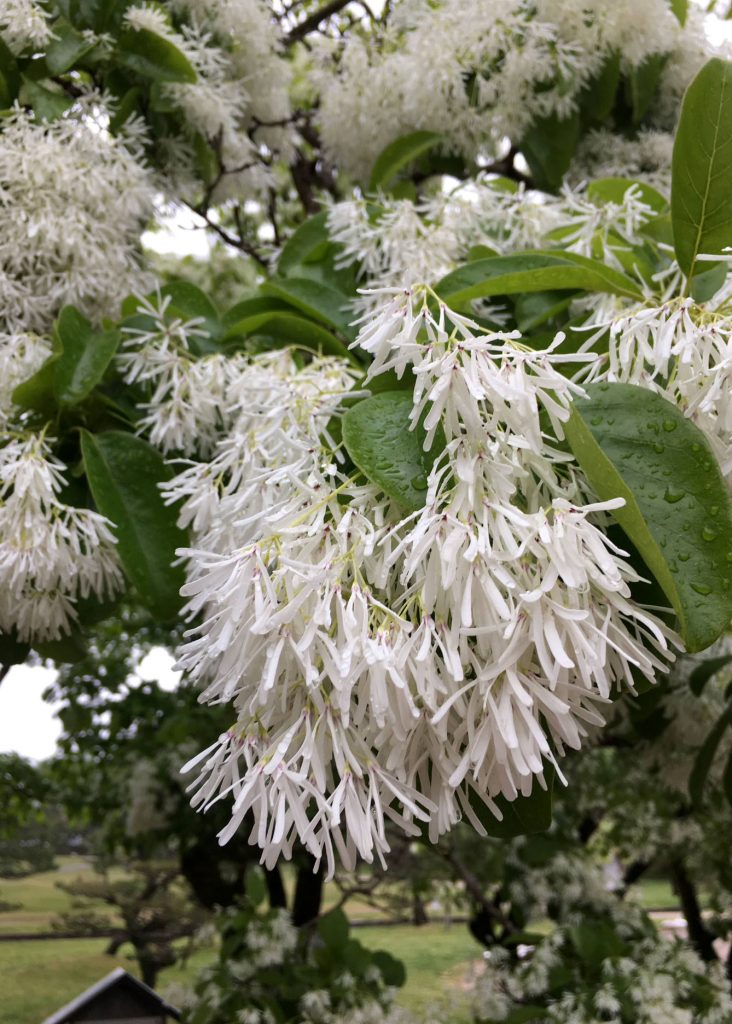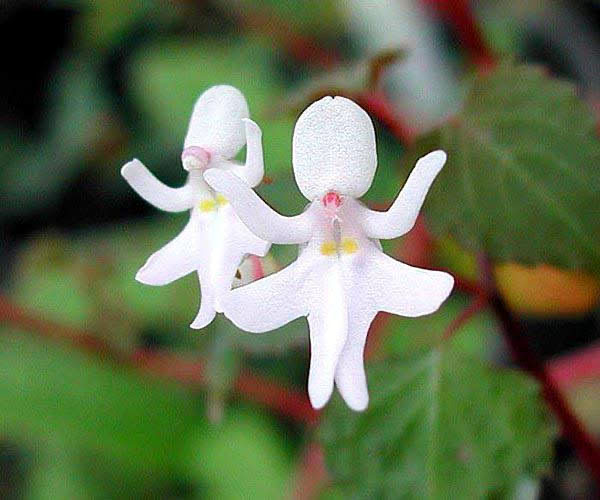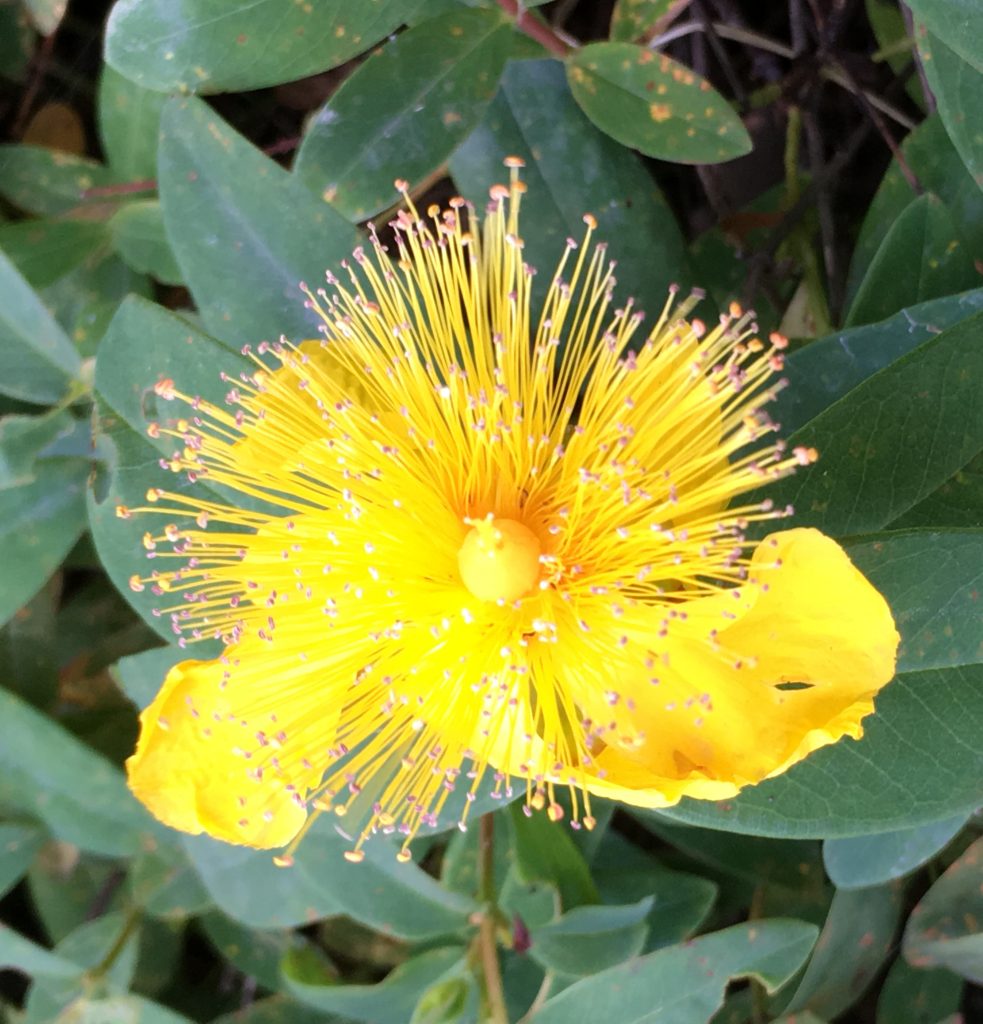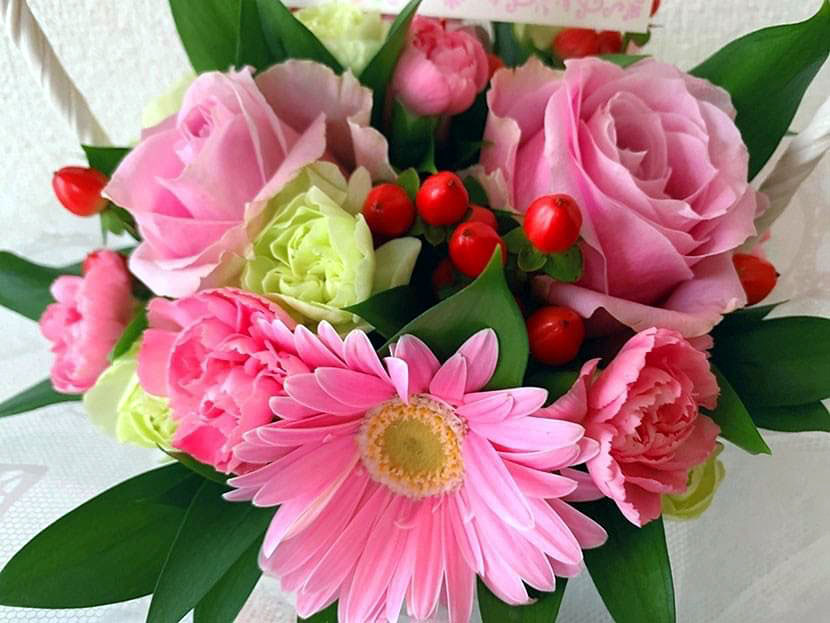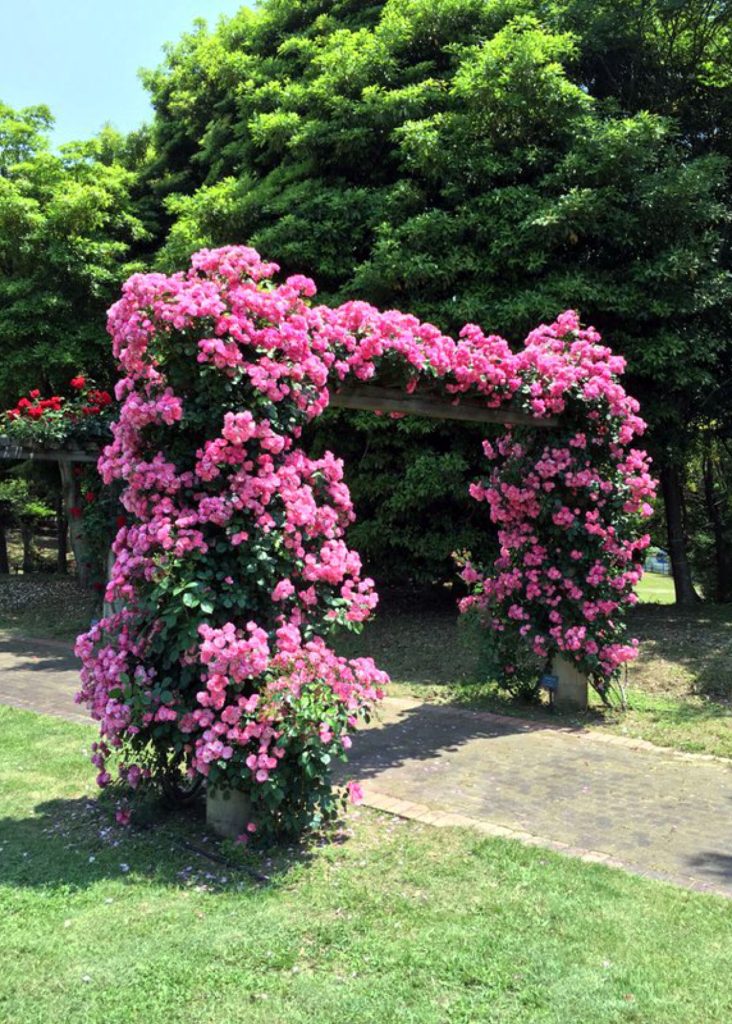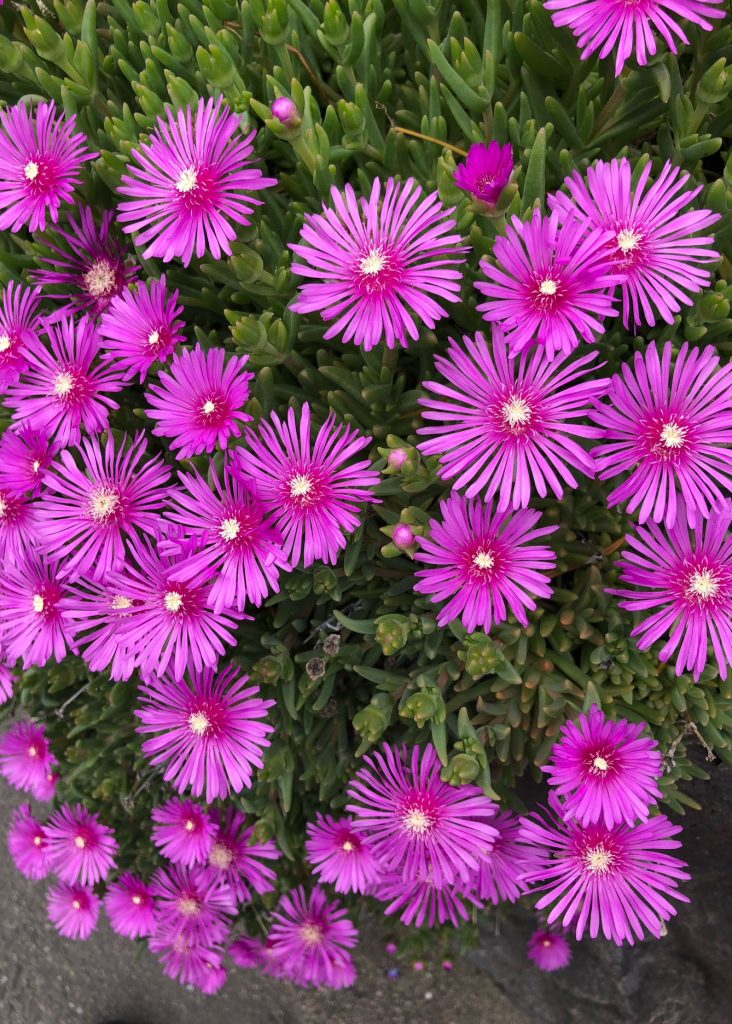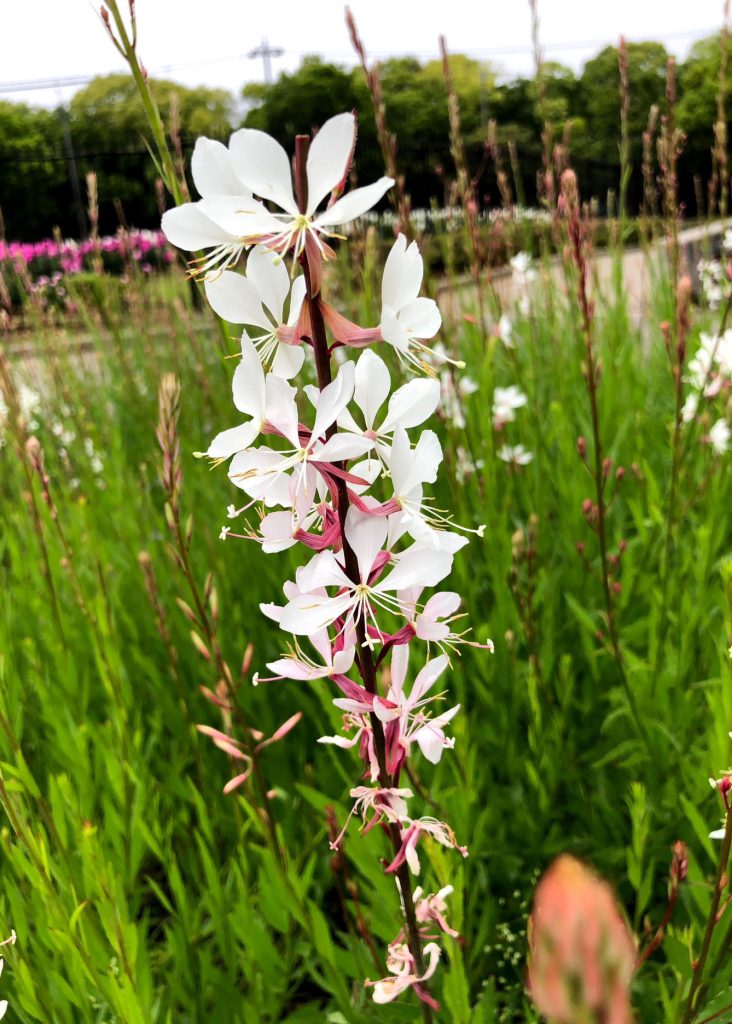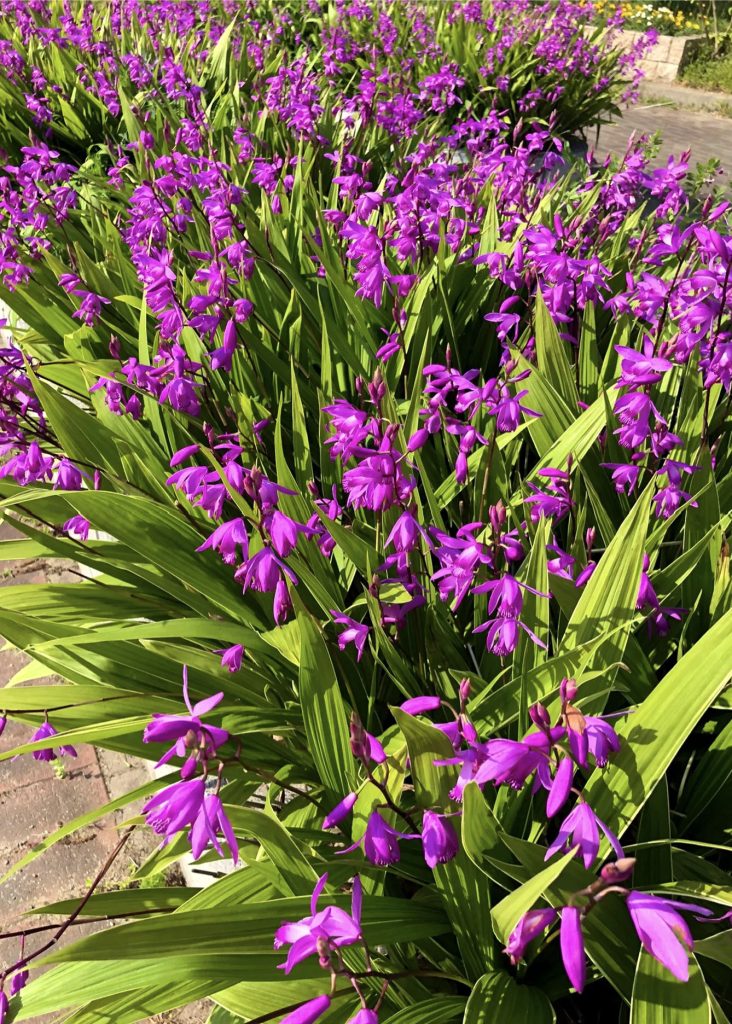
83 years ago, in May 1937, Picasso received a commission from the Spanish government to create a mural for the Spanish Pavilion at the International Exposition held in Paris. At that time, Spain was embroiled in a civil war with General Franco, who aspired to establish a fascist regime and had garnered support from Germany and Italy. On April 26, 1937, the German air force indiscriminately bombed the small town of Guernica in the Basque region to assist Franco’s rebel forces, resulting in the deaths of numerous civilians and the devastation of the town. This bombing, targeting civilians and contradicting the notion that war is fought between armies, was an unprecedented tragedy. In response to this event, Picasso decided to create a painting depicting the incident, which eventually became ‘Guernica.’ Currently, in Ukraine, there is an ongoing indiscriminate massacre orchestrated by the fascist Putin. In the face of wars caused by distorted historical perspectives, ‘Guernica’ portrays the suffering of people engulfed in violence and chaos, making it one of the most powerful anti-war works of art that needs to be revisited in the history of art.
今から83年前の1937年5月、パリで開催された万国博覧会のスペイン館に飾るために、ピカソはスペイン政府から壁画制作の依頼を受けていました。当時、スペインではファシズム政権を目指すフランコが、ドイツとイタリアの支持を得て内乱を起こしていました。1937年4月26日、ドイツ空軍はフランコの反乱軍を支援するために、バスク地方の小さな街ゲルニカを無差別爆撃して一般市民を多数殺害し、町を壊滅状態に陥れました。戦争は軍と軍との間で行うものという通年を覆す一般市民への空爆は、史上初の惨事でした。この事件を受け、ピカソは一転してこの事件をテーマに絵を描くことにし、完成したのが『ゲルニカ』です。今ウクライナでは、ファシスト・プーチンによる無差別大虐殺が繰り広げられています。歪んだ歴史観によって引き起こされた戦争によって、暴力や混沌に巻き込まれて苦しむ人々の姿を描いたゲルニカは、今こそ見直さなければならない、美術史において最も力強い反戦絵画芸術の1つです。

